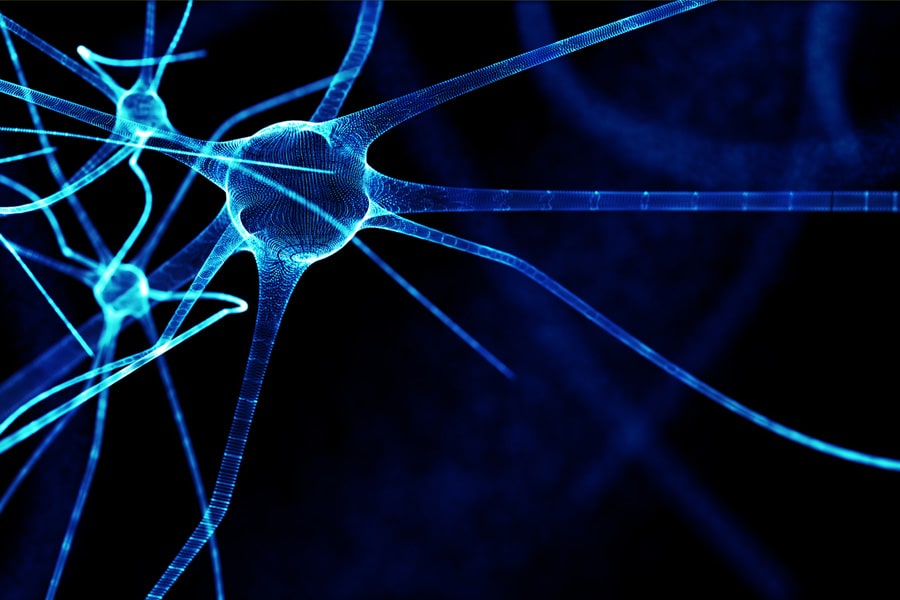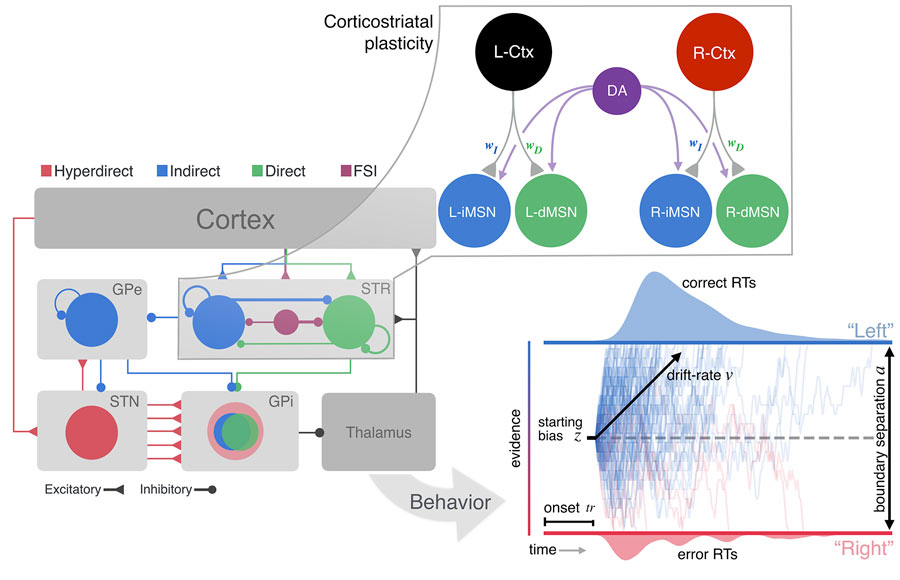
CMU Researchers Identify How Learning and Decision-Making Share a Common Underlying Brain Mechanism
In a pair of recently published papers, researchers at Carnegie Mellon University, along with local and international collaborators, shed light on how specific circuits in the brain can simultaneously make decisions and learn from their outcomes.
Consider eating brunch at your favorite restaurant: How do you know whether the eggs benedict will be a better choice than the waffles? Usually, you accumulate evidence over time. At first, you randomly pick one, and then you try the other on your next visit. Perhaps you find one varies in quality every time you try it or that you consistently prefer the taste of the same dish over the other.
"For decades neuroscience and cognitive science have tried to understand how we make decisions and how we learn from their consequences, but they have done so independently," said Timothy Verstynen, an associate professor in CMU's Department of Psychology and the Carnegie Mellon Neuroscience Institute. "We have learned a lot about the what — the brain systems — and the how — the computational algorithms — of adaptive decision-making, but we lacked a bridge that linked the two together."
In a recent paper published in the journal PLoS Computational Biology, Verstynen and colleagues Kyle Dunovan, a former CMU postdoctoral fellow; Cati Vich Llompart of Universitat de les Illes Baleras; Matthew Clapp of University of South Carolina; and Jonathan Rubin of University of Pittsburgh attempted to build such a theoretical bridge using a series of increasingly complex computational models.
"We started by modeling microscopic synapses of cells in an area of the brain called the basal ganglia," Dunovan said. "We built models of small sets of neurons that made decisions between two actions. By modeling the dopamine response following whether an action had a good outcome or a bad, we were able to see how dopamine shapes these synapses over time as they learn."
Connections linking the cortex, basal ganglia and thalamus (left) form a critical network in the brain of a wide array of species, including humans. Feedback from dopaminergic neurons modulates these connections during learning (upper right), leading to changes in decision making behavior (lower right).
The researchers then took this information and built a much larger model of the cortical and subcortical brain networks that regulate both decision-making and learning called the cortico-basal ganglia-thalamic loops. Using large simulation of different brain areas, they altered a few of the critical synapses to reflect different degrees of learning and had the network make a series of selections between two targets. They took this behavior from the simulated brain and analyzed it as if it were a human participant, using a cognitive model that captures the process of how the brain accumulates information during decision-making.
This nested set of models, from individual synapses, to whole brain networks and finally to behavior, allowed the researchers to identify two novel ways that learning impacts the way that the brain makes decisions. When the network was configured in a way such that competition increased between a pathway that promotes behavior and a pathway that suppresses behavior, called the direct and indirect pathways, respectively, the rate at which the simulated brain accumulated information got slower. In contrast, when the network was configured in a way that increased the sensitivity of the suppressive pathway alone, the artificial brain relied on less overall information before making a decision.
Read more